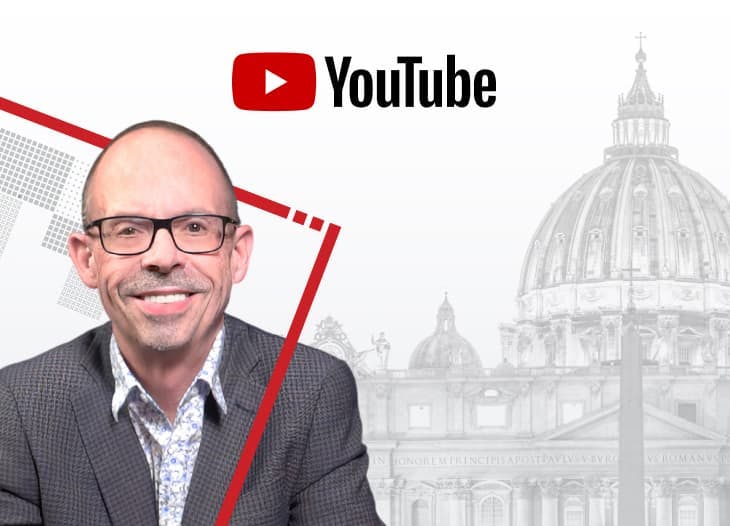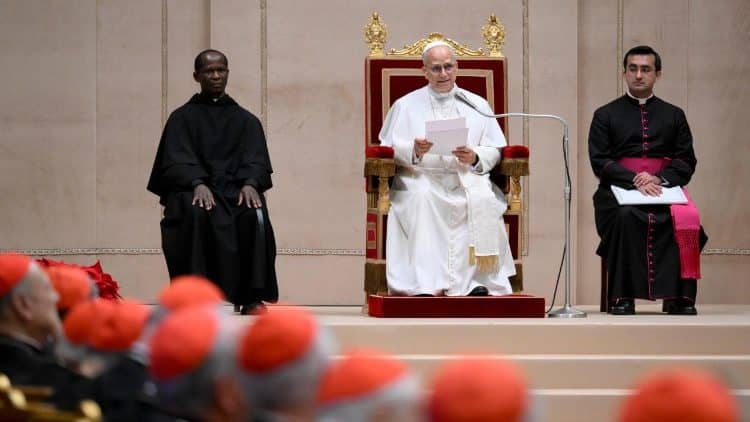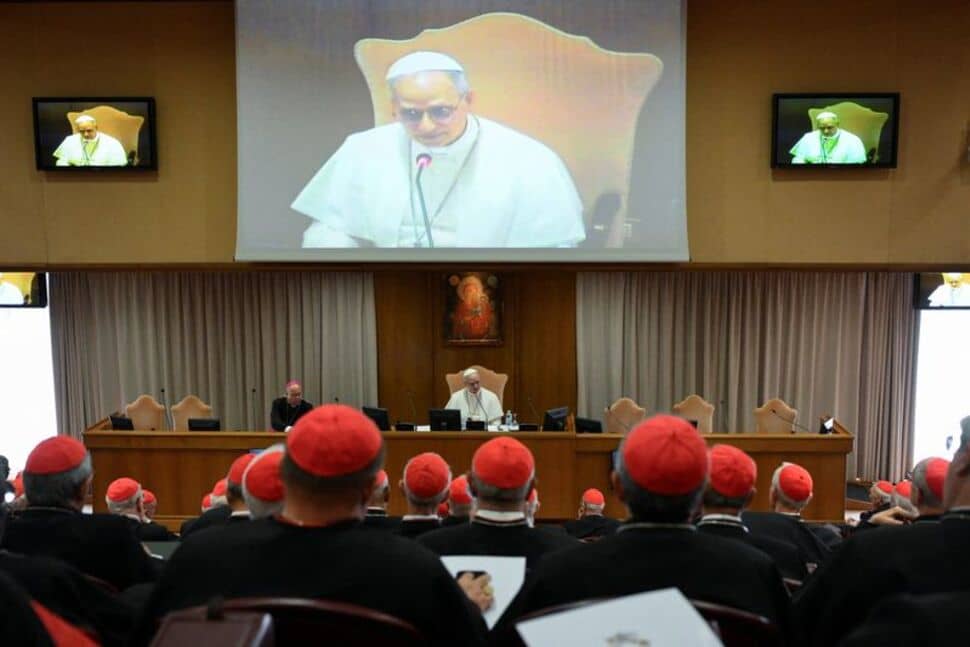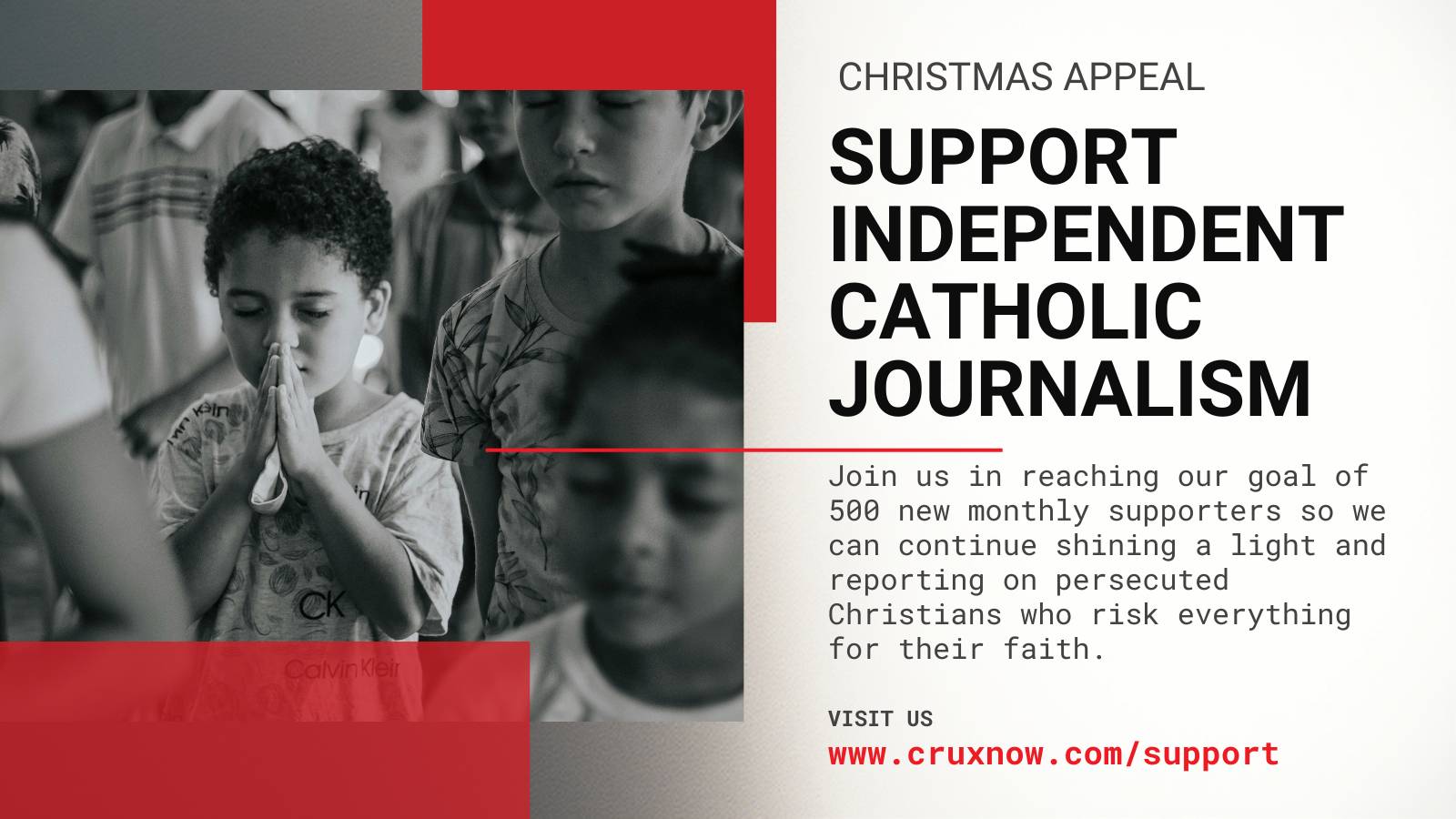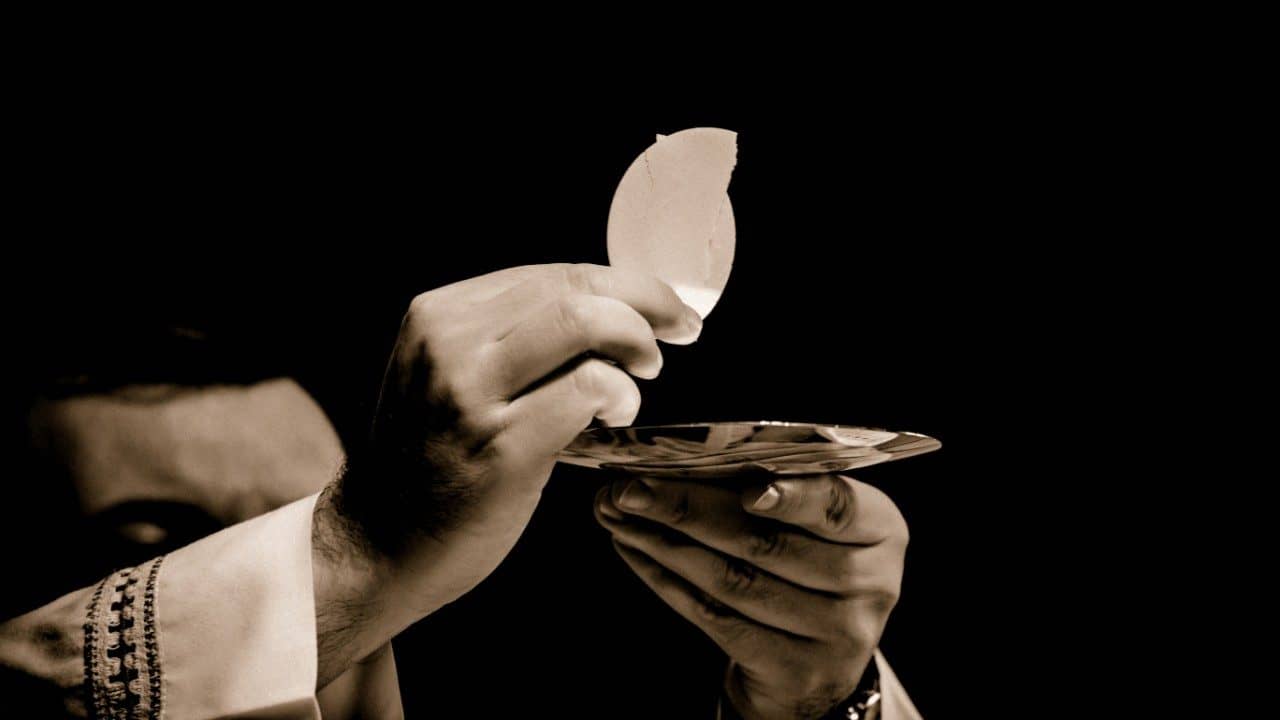There are many forms and expressions of prayer. The human heart is diverse and the ways in which it approaches and speaks to God is also diverse. The variations of prayer show us the great mystery involved when we speak to our Creator and when we – who are made the children of God – speak to our heavenly Father.
It is by the Paschal Mystery, the passion, death, and resurrection, of Jesus Christ that we know God and can confidently approach him, speak to him, and know that he speaks to us.
After its initial introduction, Chapter Three of Part Four of the Catechism of the Catholic Church begins three articles. The first article is aptly entitled, “expressions of prayer.” It begins by exploring vocal prayer.
In vocal prayer, we hear God speak to us through Jesus Christ and we answer him aloud. Our prayer is given audible expression. The Catechism explains: “Through his Word, God speaks to man. By words, mental or vocal, our prayer takes flesh.”
Vocal prayer is a beautiful expression of prayer. It’s good to periodically pray audibly. When we do so, however, we must be cautious since this expression of prayer carries a certain challenge. The danger of vocal prayer is that we just start mumbling and we speak more to the people within earshot than to God. Our hearts have to be involved in vocal prayer.
The Lord Jesus teaches us: “For out of the abundance of the heart the mouth speaks.”
Echoing this teaching, the Catechism exhorts us: “Yet it is most important that the heart should be present to him to whom we are speaking in prayer: ‘Whether or not our prayer is heard depends not on the number of words, but on the fervor of our souls.’”
Speaking, proclaiming, announcing and shouting prayer is all found within the Sacred Scriptures and the lives of the holy ones. Such verbal manifestation of prayer must also be a manifestation of the heart.
If our heart is not behind our vocal prayer, then we are giving shallow words and becoming what Saint Paul called “a noisy gong.” God does not need noisy gongs. He wants children who desire to speak and listen to him. He wants children who will come to him in his own divine Son and imitate the Son’s heartfelt prayer, both vocal and mental.
The Catechism explains: “Vocal prayer is an essential element of the Christian life. To his disciples, drawn by their Master’s silent prayer, Jesus teaches a vocal prayer, the Our Father.”
The Lord Jesus prayed silently and vocally. When the disciples asked that he teach them how to pray, he gave them a vocal prayer. Vocal prayer cannot be dismissed because it can be uncomfortable. Nor can it be dismissed because it carries certain vain temptations with it. We are called to walk through the temptations, give public witness, and speak to God in the midst of his people.
There is no reason to be ashamed of prayer. There is no cause to snuff out what is meant to be spoken publicly.
In a pluralistic society is can be hard to carry the mantle of vocal prayer, but we are called to respectfully give witness to prayer by periodically praying aloud. Our task is not to embarrass or provoke anyone, but simply to speak to our Father in his Son, Jesus Christ.
The Catechism continues: “[Jesus] not only prayed aloud the liturgical prayers of the synagogue but, as the Gospels show, he raised his voice to express his personal prayer, from exultant blessing of the Father to the agony of Gethsemane.”
The Lord prayer vocally. If we refuse to pray vocally or if we mock that expression of prayer, then we dismiss and mock a part of the Lord’s own prayer life and a portion of the life of prayer that he desires to teach us.
Our task is to temper our vanity on one hand and our tepidness on the other. We are called to pray as the Lord Jesus prayed and that includes vocal prayer.
As we rejoice in the victory of Jesus Christ in his Paschal Mystery and as we receive the abundance of his love and mercy, we are given and strengthened with a spirit of prayer. And sometimes our prayer wants to be spoken vocally.
To receive free daily reflections from Father Kirby, please visit DailyDiscipleship.org.

